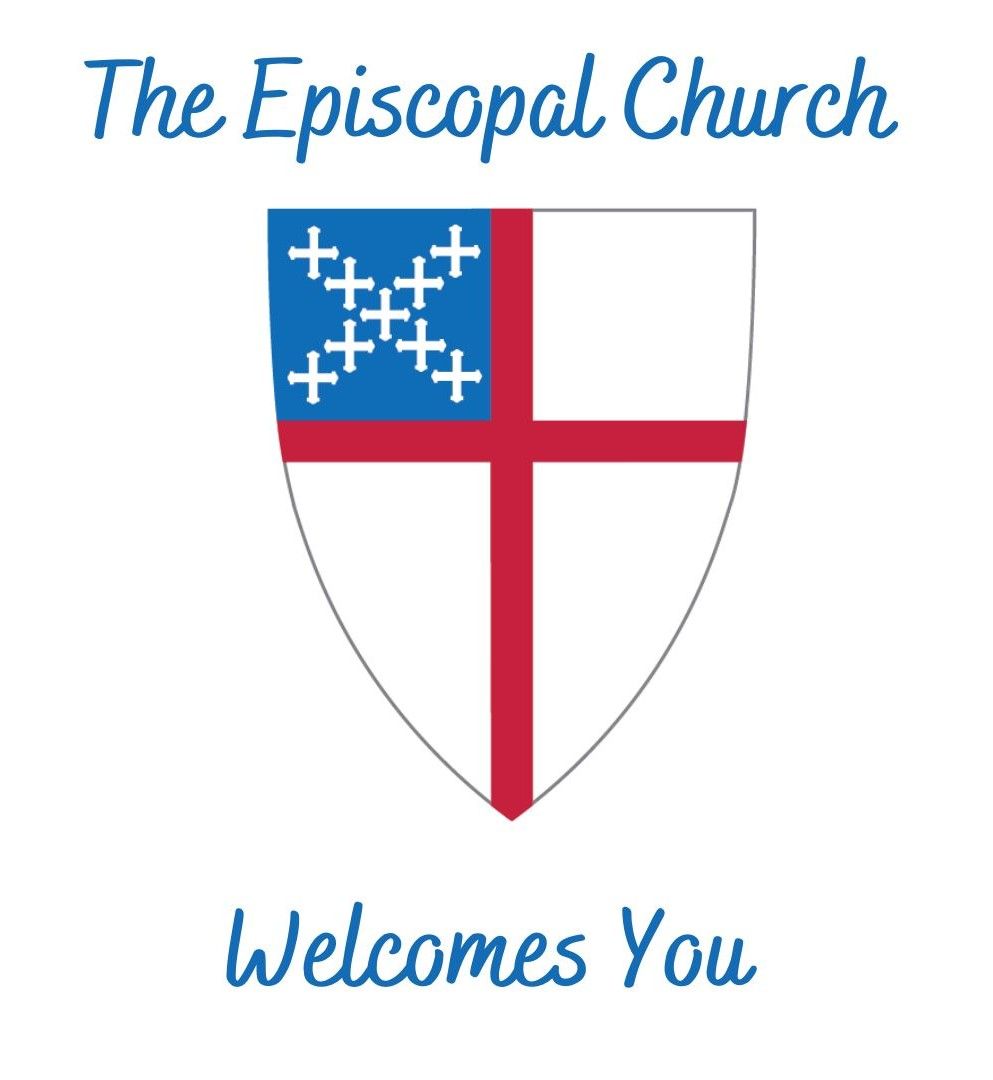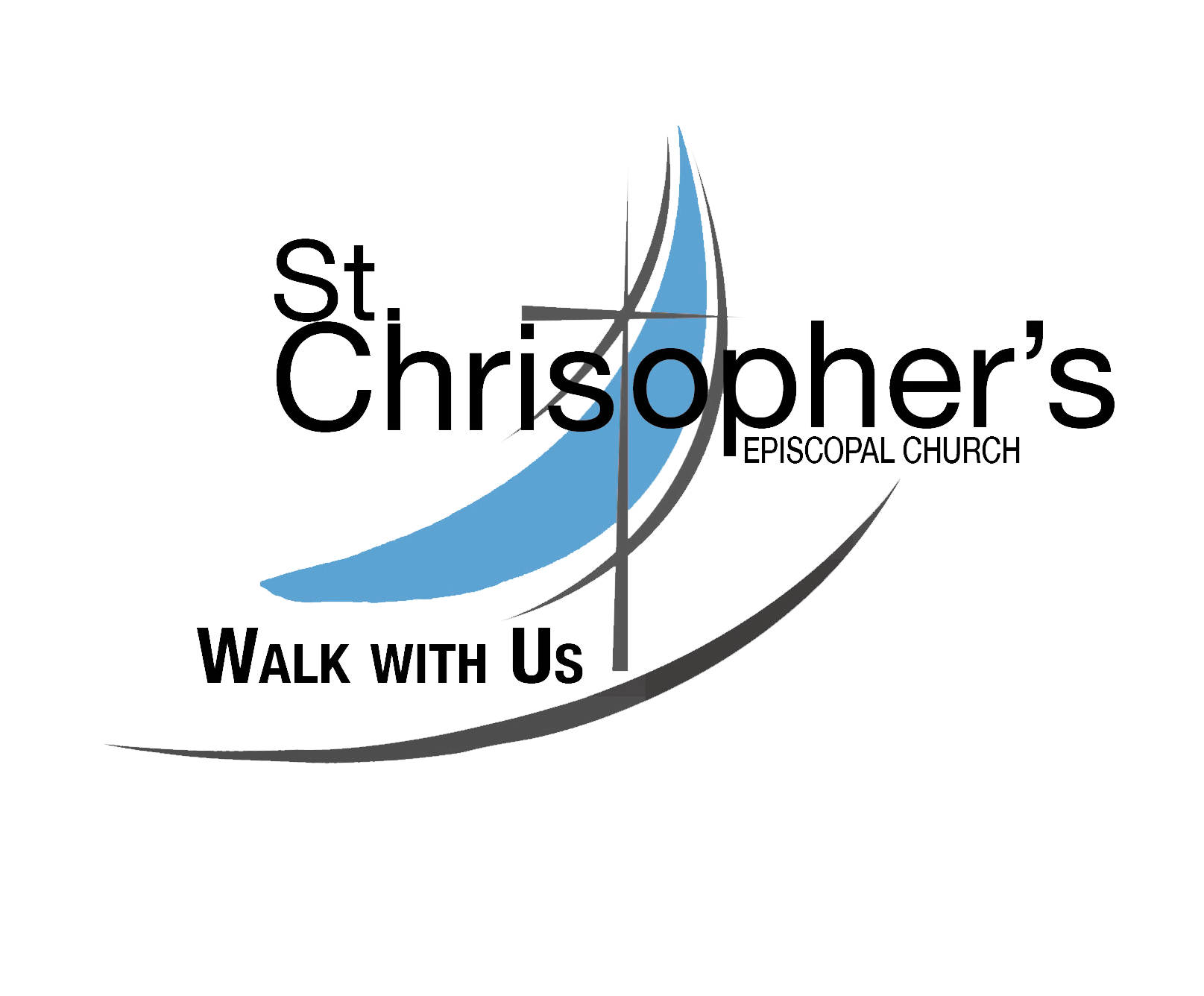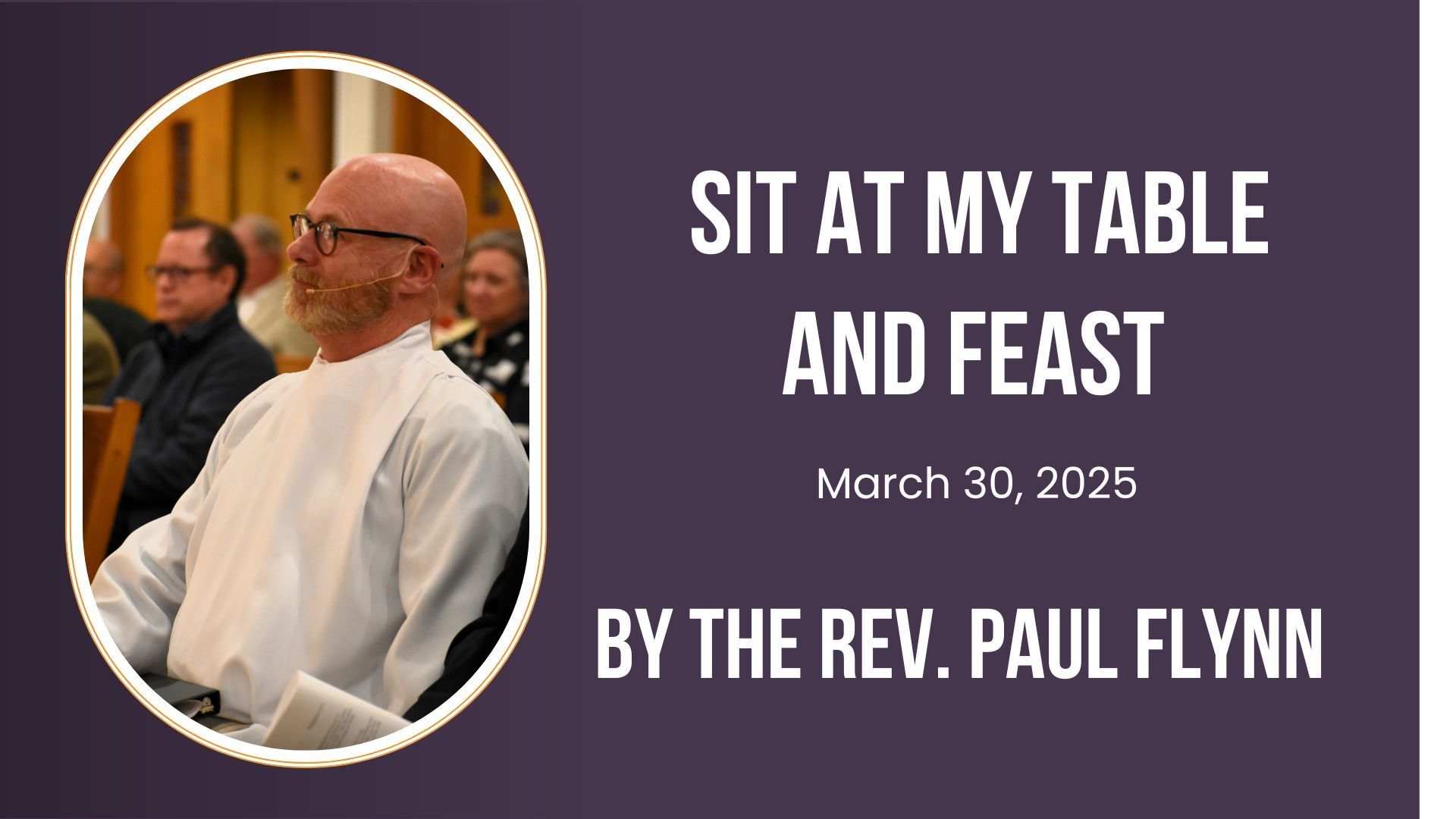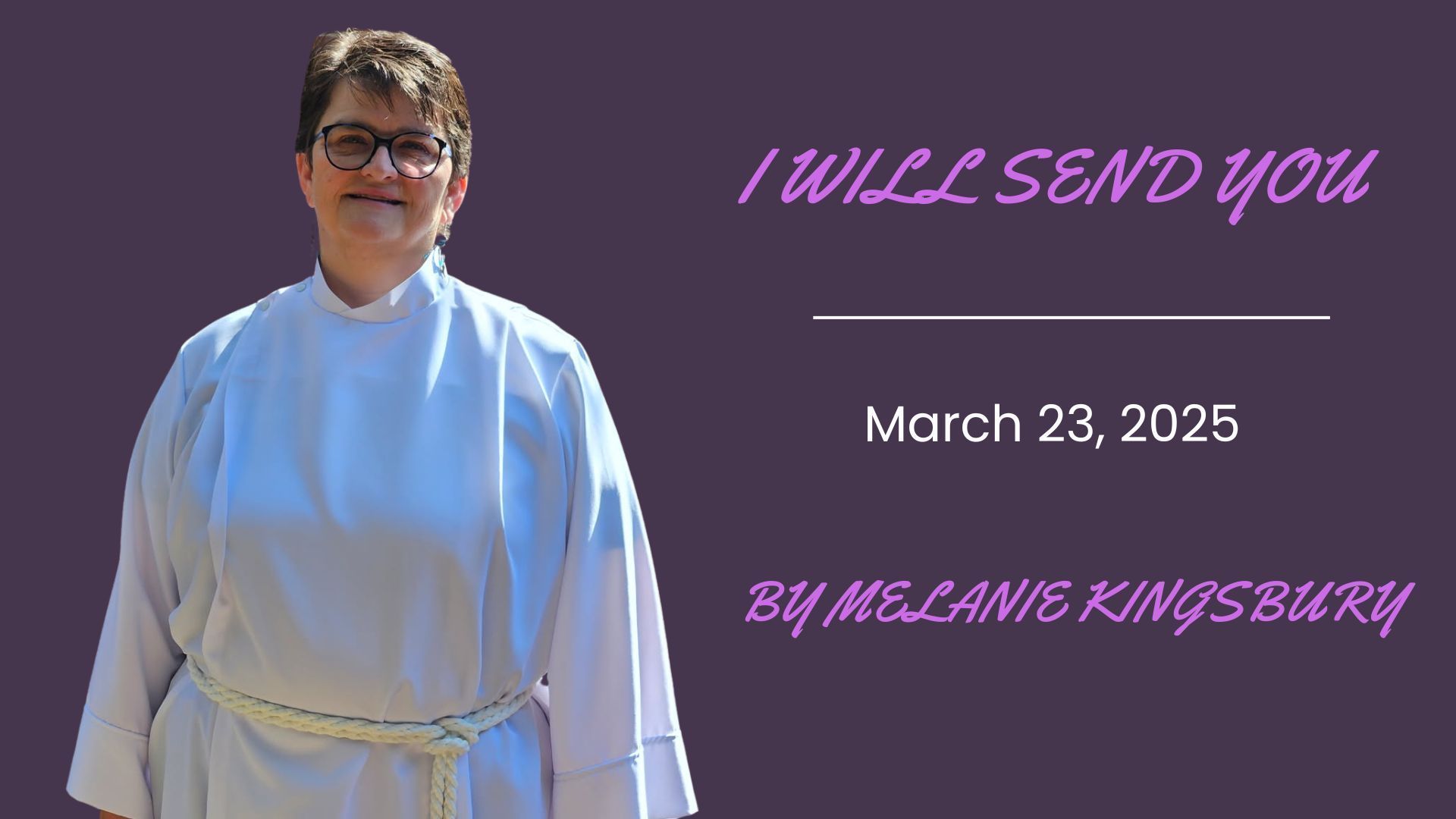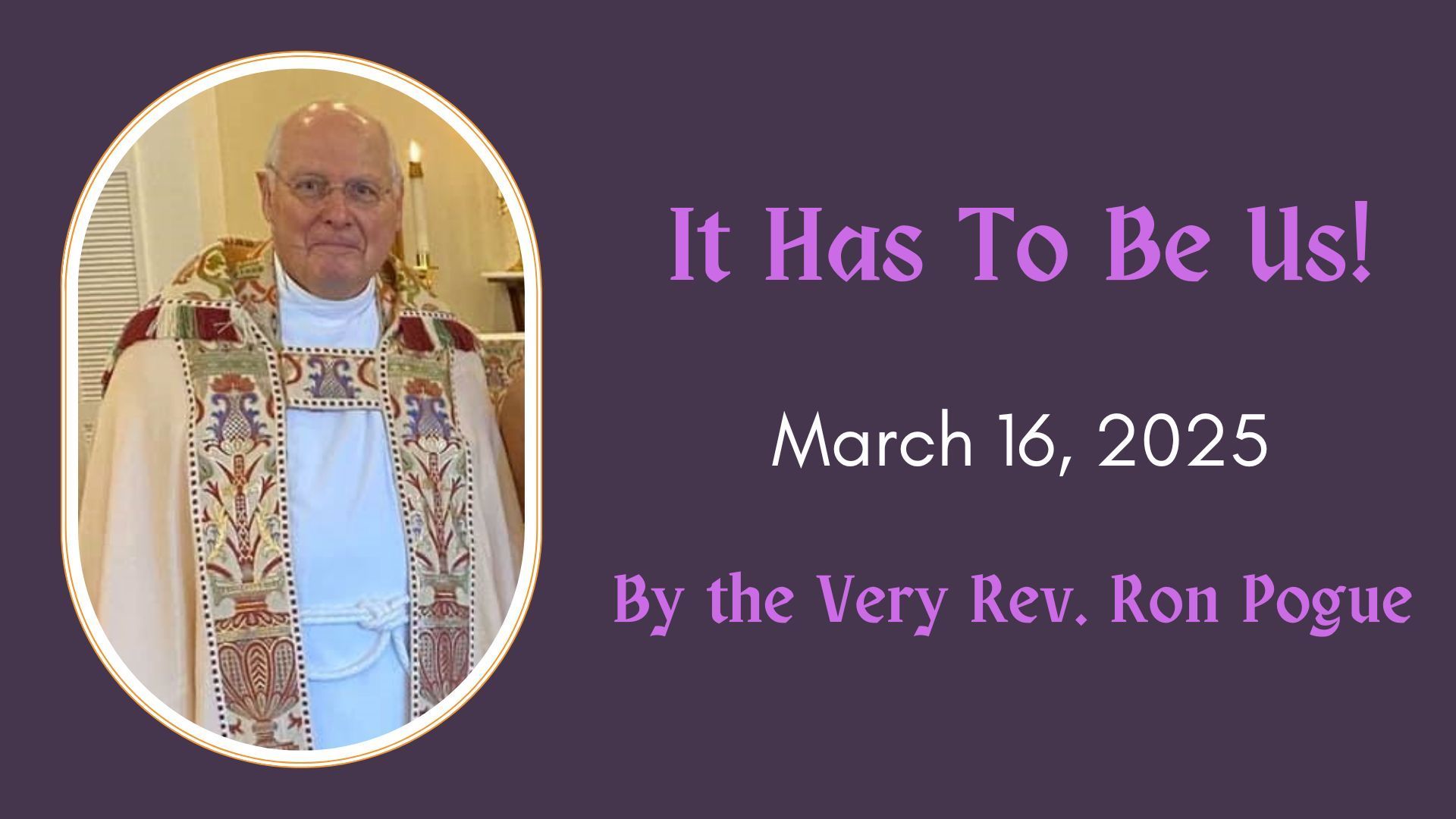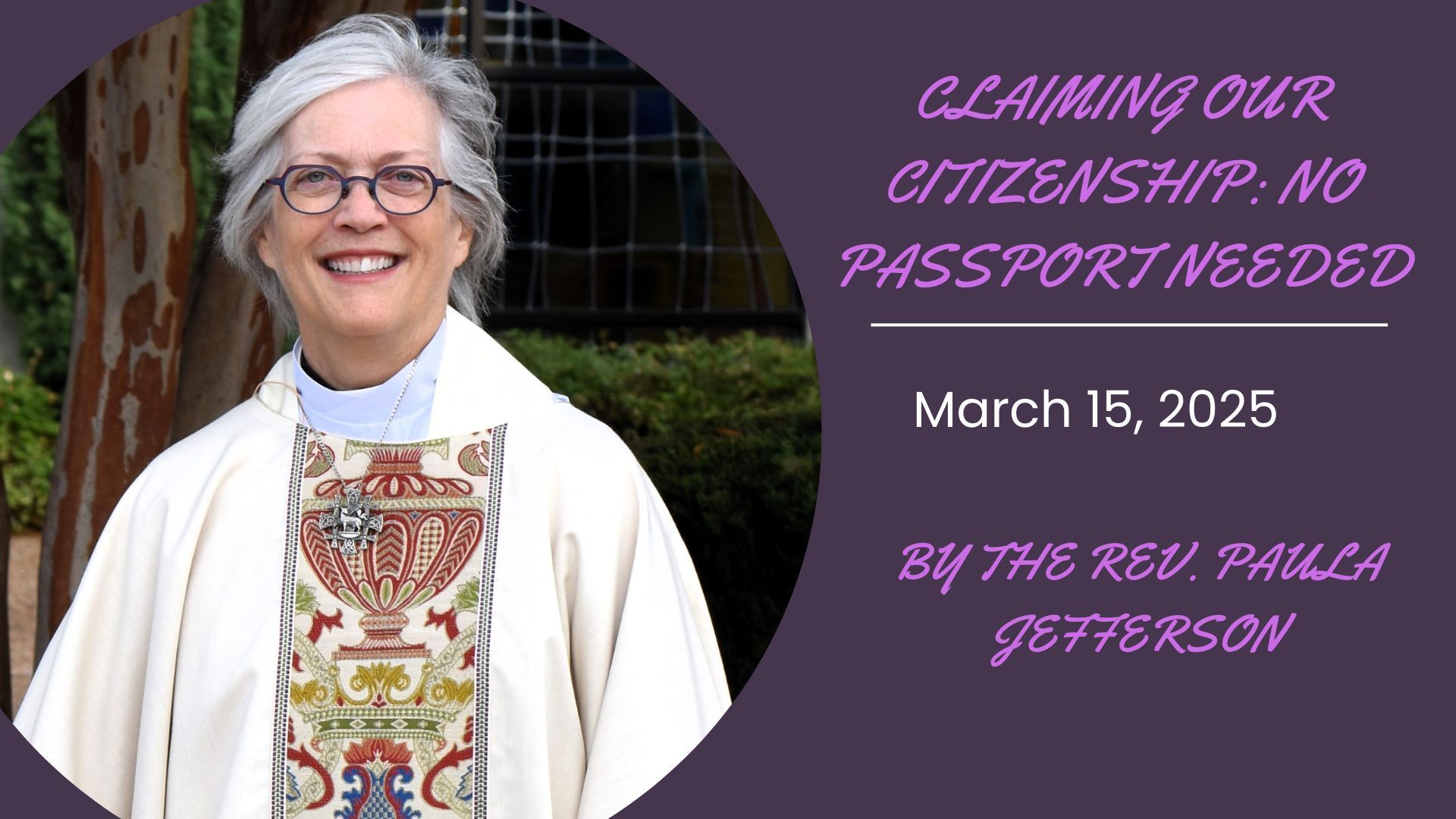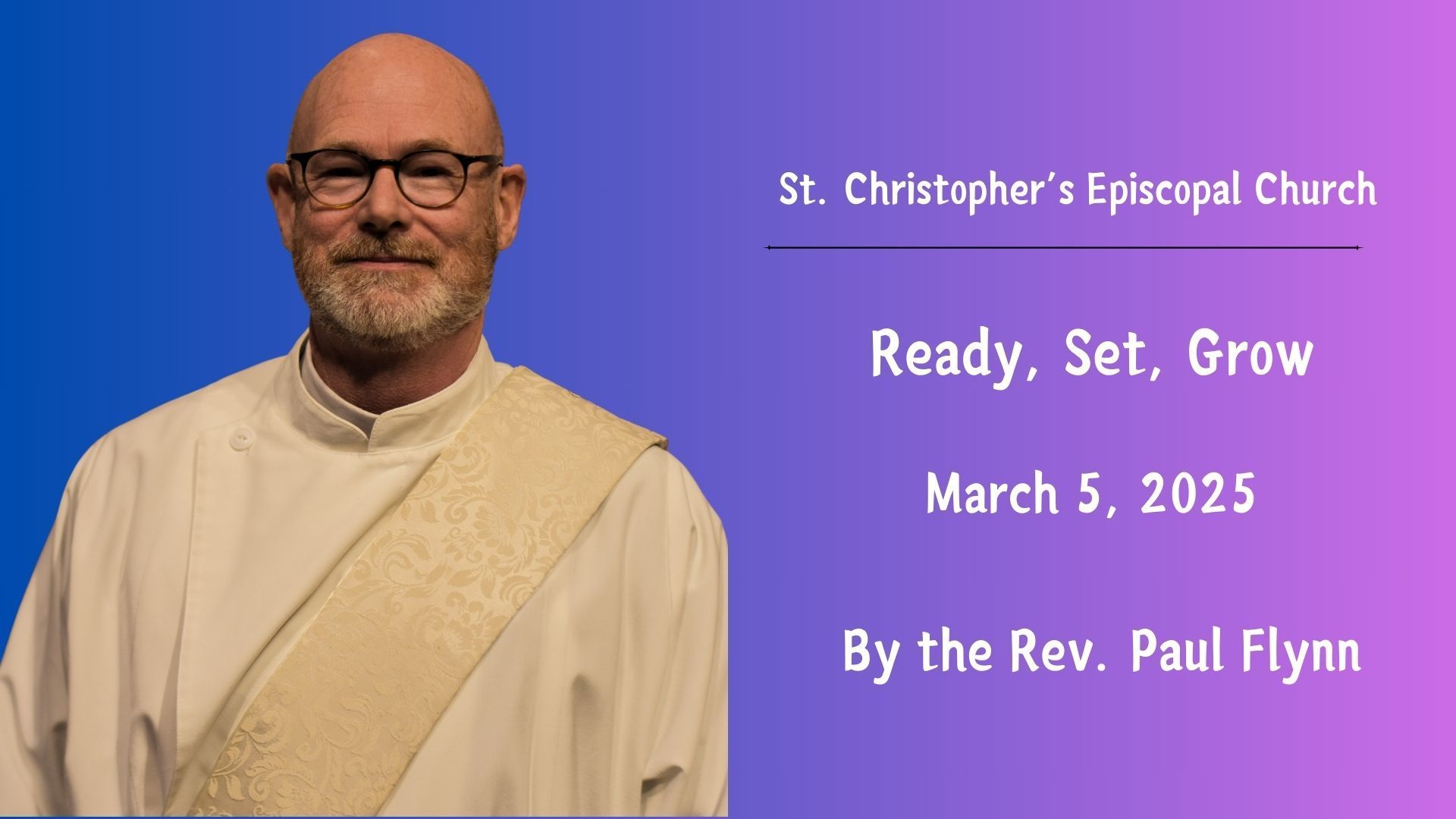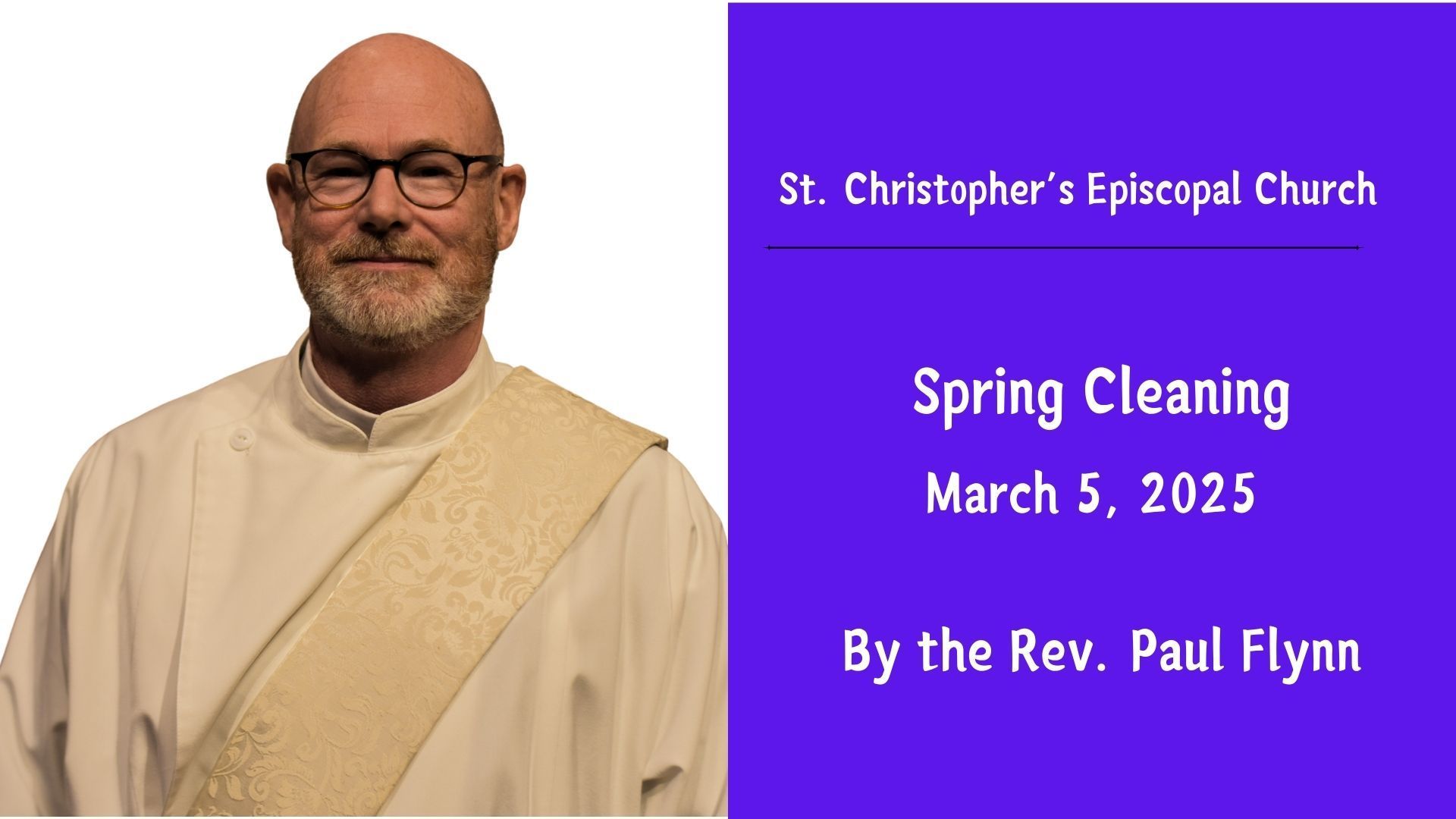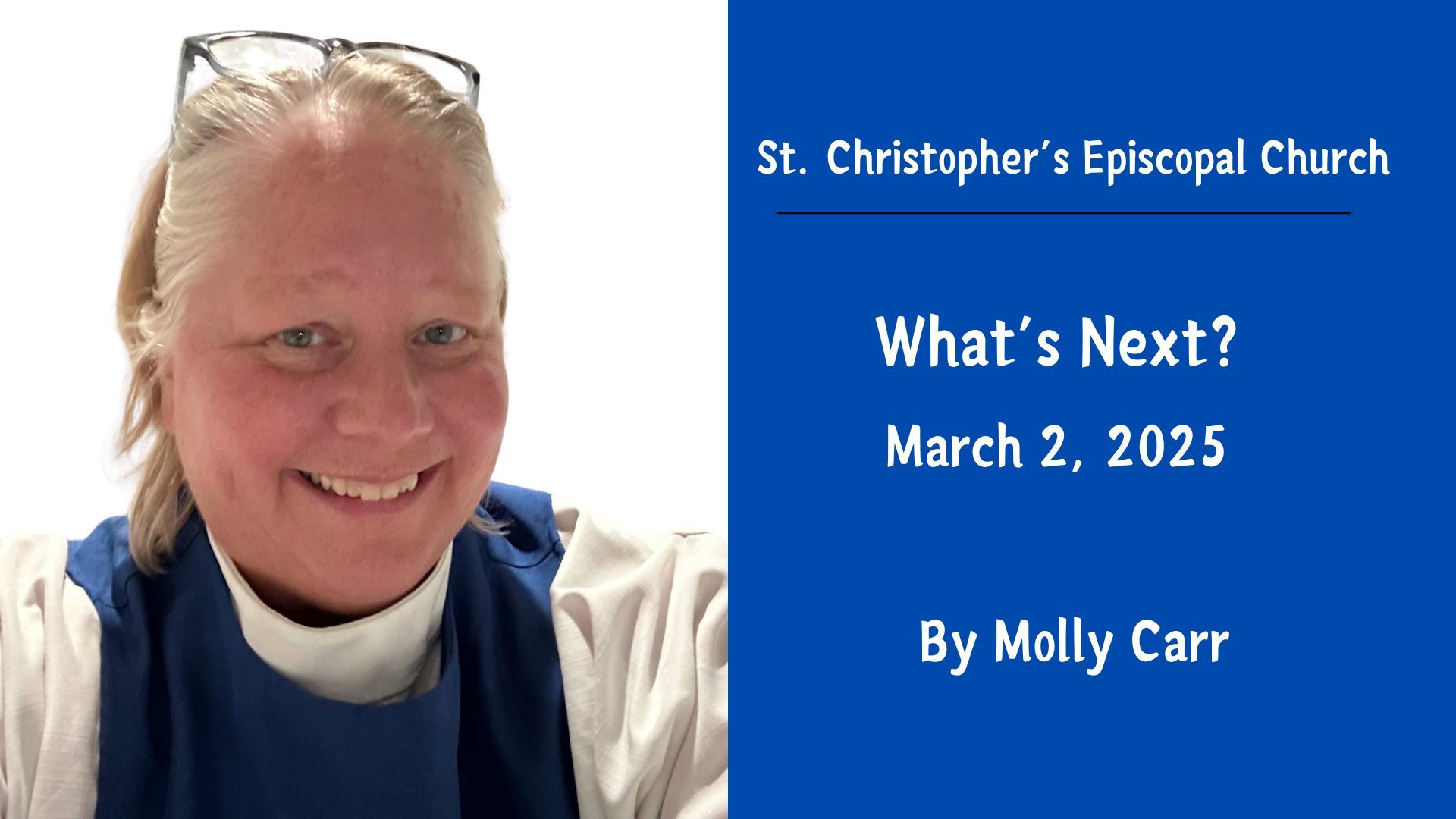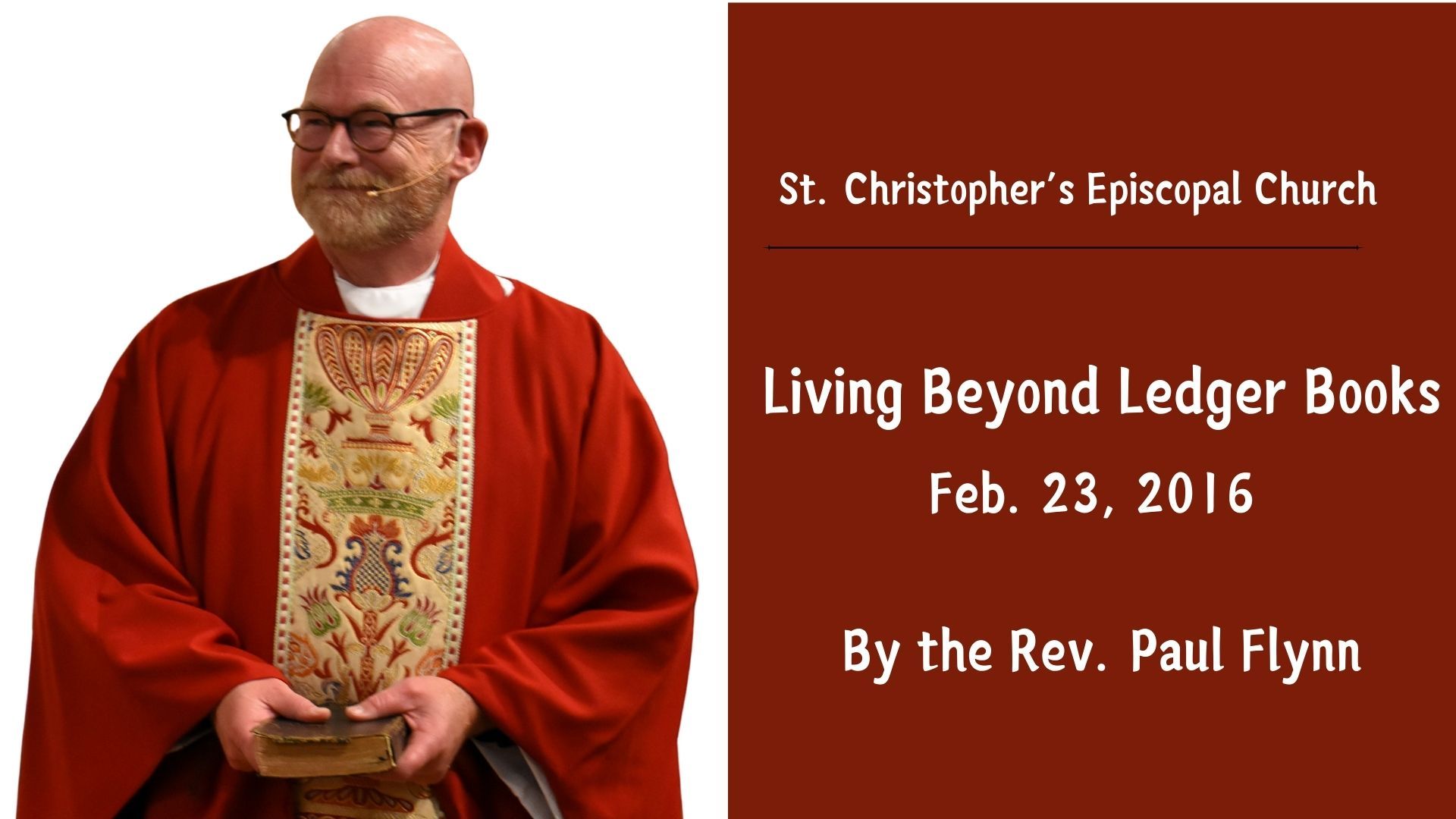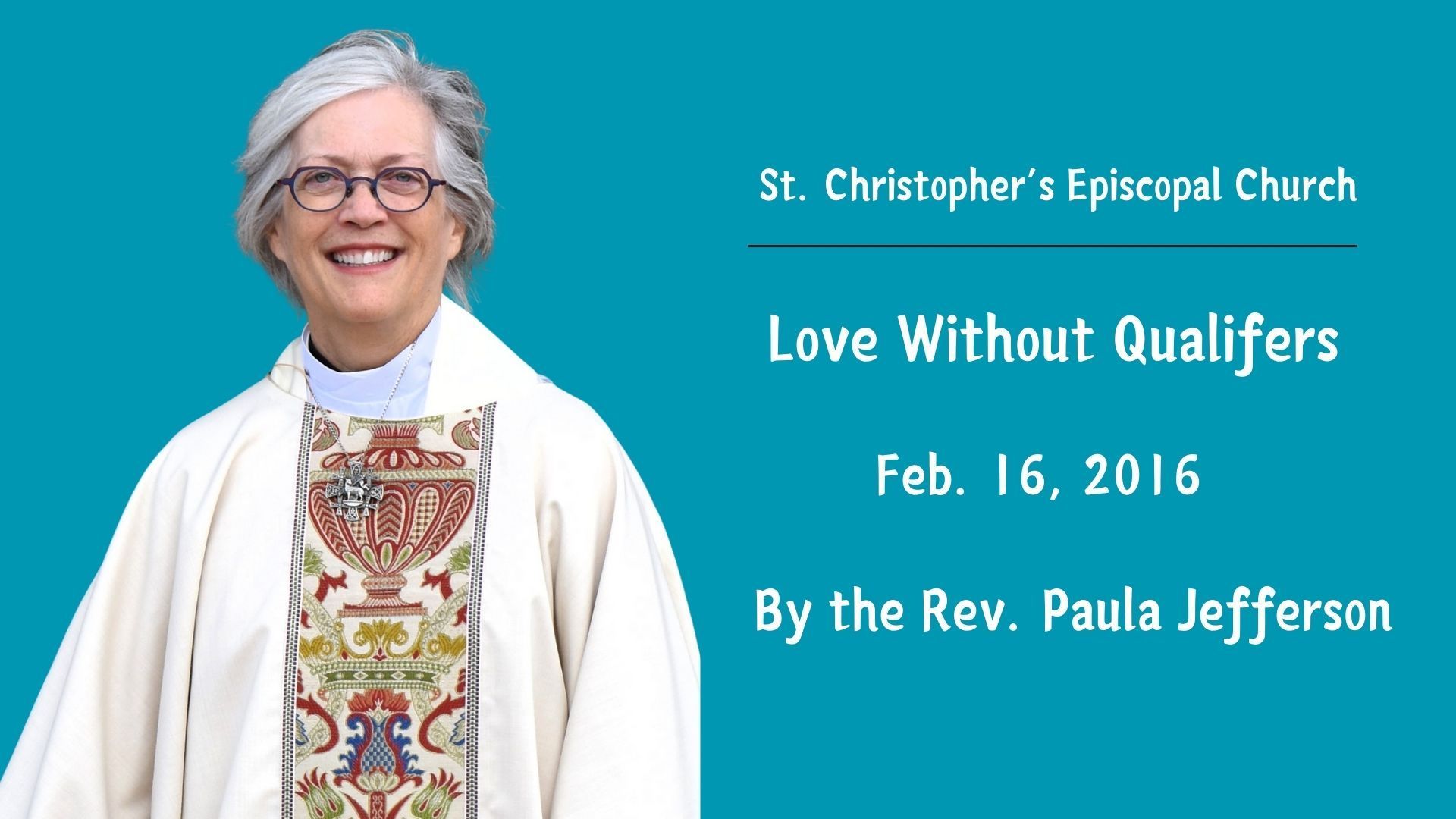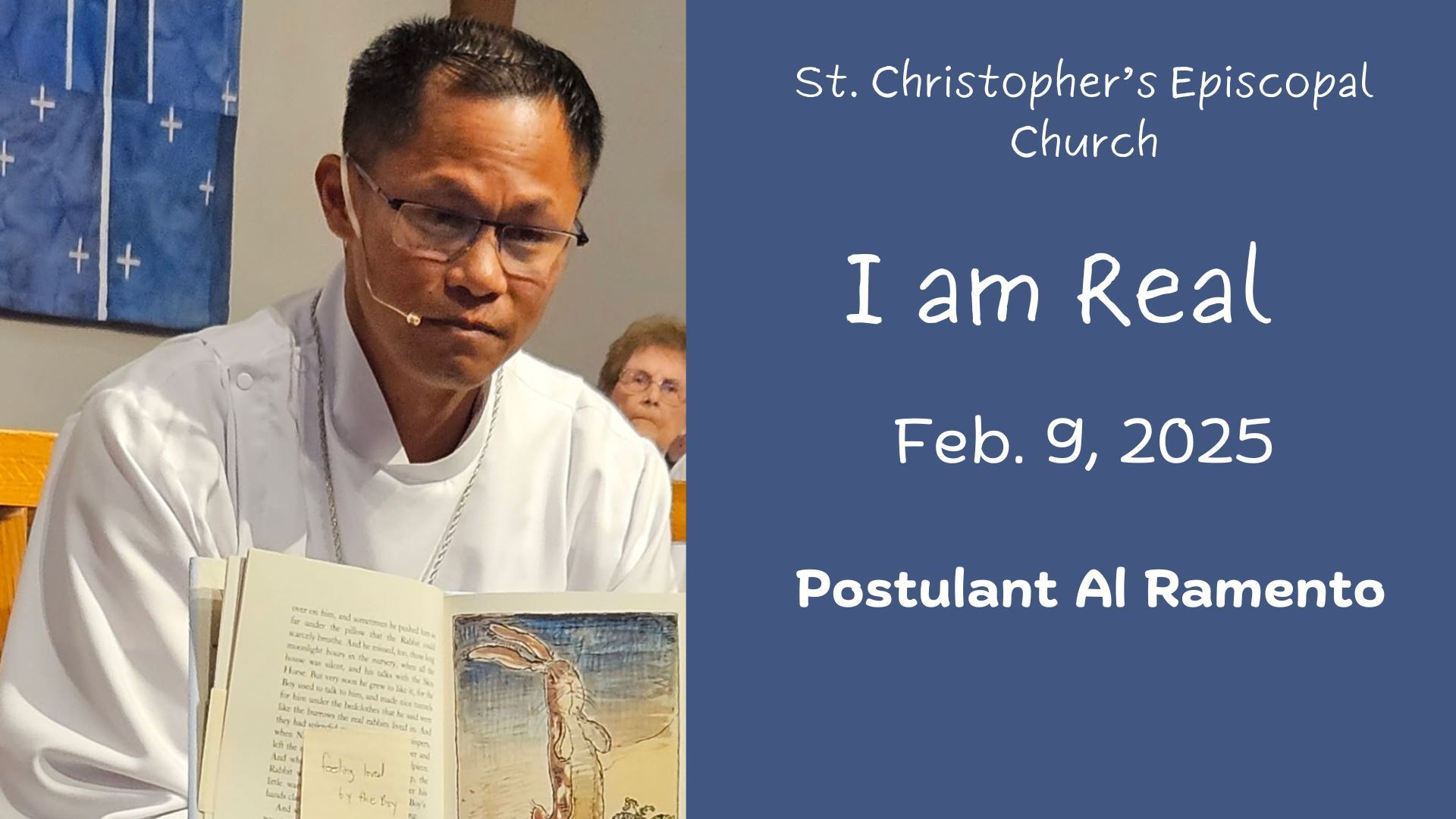Down the road from my hometown, there’s a farm that every student of Pennsylvania history knows.[1]
In one particular cow pasture, three natural springs emerge from the ground. One spring flows northwest and forms the Genesee River—it eventually empties into the Great Lakes. One spring flows southeast and forms the western branch of the Susquehanna River—it eventually empties into the Chesapeake Bay. And the third spring, well that one becomes a fisherman’s dream.
Where it begins, you can easily step across it. Tree branches and stones change the course of the little trickle of water. But 20 miles south, the river is deep and strong enough to chisel its way through the Appalachian Mountain range.
By the time it reaches Pittsburgh, the Allegheny River is a large, navigable body of water.
In West Virginia, the Monongahela River bubbles up from a spring and begins a 130-mile journey northward into Pittsburgh. There are very few rivers in our world that flow entirely north. The Monongahela is one them.
Some years ago, I stood at a place called The Point. It is the place where the Allegheny River and the Monongahela River come together and form a new river called the Ohio.
Sometimes Paul’s writing is challenging to read. In today’s lesson, there are just 16 sentences but, within them, there are 36 commas or semi-colons. I find myself paying so much attention to the grammar that sometimes I’m wandering in the weeds and miss the point of what he’s really saying to us.
Today’s message is too important to miss.
The church in Rome was not founded by Paul. His letter is written to that faith community based on second-hand knowledge of the troubles brewing in Rome. Scholars believe this letter was written about 20 years after the crucifixion.
The letter to Rome predates all four gospels. And it gives us a window into the early followers of Christ. How they worshipped; the challenges they faced. They were trying to interpret the meaning of Jesus’ birth, ministry, death, and resurrection. And so was Paul. His theology and wisdom helped shape 2,000 years of Christianity. Paul was an extraordinary visionary.
Throughout today’s text, Paul is describing an intimate relationship between us and God. This is not an image of God hanging out in heaven with a whistle and really big clipboard to record our faults and errors.
Paul understands God very differently.
He first describes our relationship with the Holy Spirit:
“The Spirit [he says] helps us in our weakness…and intercedes on our behalf with sighs too deep for words.” In Paul’s experience, the Spirit is so connected to us that the Spirit can communicate our needs without words. The Spirit binds us in God’s eternal love.
Next Paul describes our relationship with God through the Son.
“We know that all things work together for good for those who love God…….[for those who love God will be conformed to the image of Christ]”.
There’s a lot packed into this paragraph.
Paul is saying that not all circumstances of this life are good for us. He is not talking about brussels sprouts. He is talking about illness, loss, hunger, suffering, the difficulties we bring upon ourselves through bad choices, and the random, hard things that happen to all of us in life. Amid all the difficult things, God’s purpose will prevail.
Through the good and the bad, we are created to love God, to be conformed to the image of Christ, and to be loved by God. The ebb and flow of love among God and us, through Christ, is eternal.
This is how Paul understands our human relationship with God.
You can hear that it in the beautiful prose that ends the reading:
“For I am convinced, that neither death, nor life, nor angels, nor rulers, nor things present, nor things to come, nor powers, nor height, nor depth, nor anything else in all creation, will be able to separate us from the love of God in Christ Jesus our Lord.”
I knelt at The Point in Pittsburgh, dipped my hand into the river on one side of me knowing that it was the Allegheny River. And then I dipped my hand into the river on the other side -- it was all Monongahela River water. But the water directly in front of me was different.
Once the two rivers meet, the water is neither Allegheny nor Monongahela.
Or, in the language of Paul, no longer Jew or Greek. A new body of water has been formed. And nothing can return that new body of water to its prior state. Just as nothing in this world can separate God’s creation from God’s love.
God’s love for you and me is eternal.
How we respond to God’s love is up to us.
This Fall, we are restarting many Christian Formation programs. Adult Sunday school and our Zoom-based reading group resume in September. Journey to Adulthood for tweens and teens begins in August. In September, we’ll begin “Second Sundays” where children will be invited to participate in our worship and hear a children’s sermon. Choir practice will soon begin.
All of these activities are opportunities to grow in faith as individuals and as a community. They are a means through which we can move more deeply into the life God is calling us to live.
September 15, 1957, a spring of living water emerged in Southwest Fort Worth. It became known as St. Christopher’s Episcopal Church. Early in its life, St. Chris was a tiny source of living water, but it grew and it planted its roots in this community. Over the past 66 years, we have experienced good things and challenging things and, as Paul said, even now we can see that God’s will has prevailed through it all.
Today we are rebuilding, in every sense of that word. We have lived through COVID, loss of property, changes in culture and by God’s grace, here we stand. We are ready to drop our bucket into the well of God’s living water, God’s eternal love, with the certain knowledge that no matter what is next, we cannot be separated from the love of God.
[1]
The only Triple Continental Divide east of the Mississippi River
St. Christopher's Episcopal Church
5709 Wedgwood Dr., Fort Worth, TX 76133
St. Christopher's is part of The Diocese of Texas, a diocese of The Episcopal Church.
© 2023 St. Christopher's Episcopal Church
SERVICE TIMES
CONTACT US
Mailing Address:
P.O. Box 34971
Fort Worth, TX 76162
817-926-8277
Email: office@stchrisfw.org
